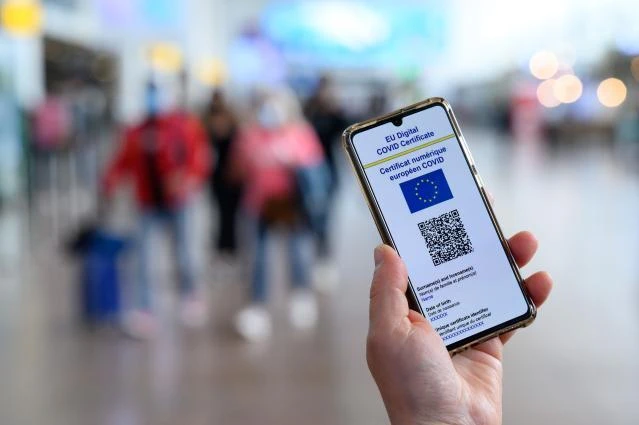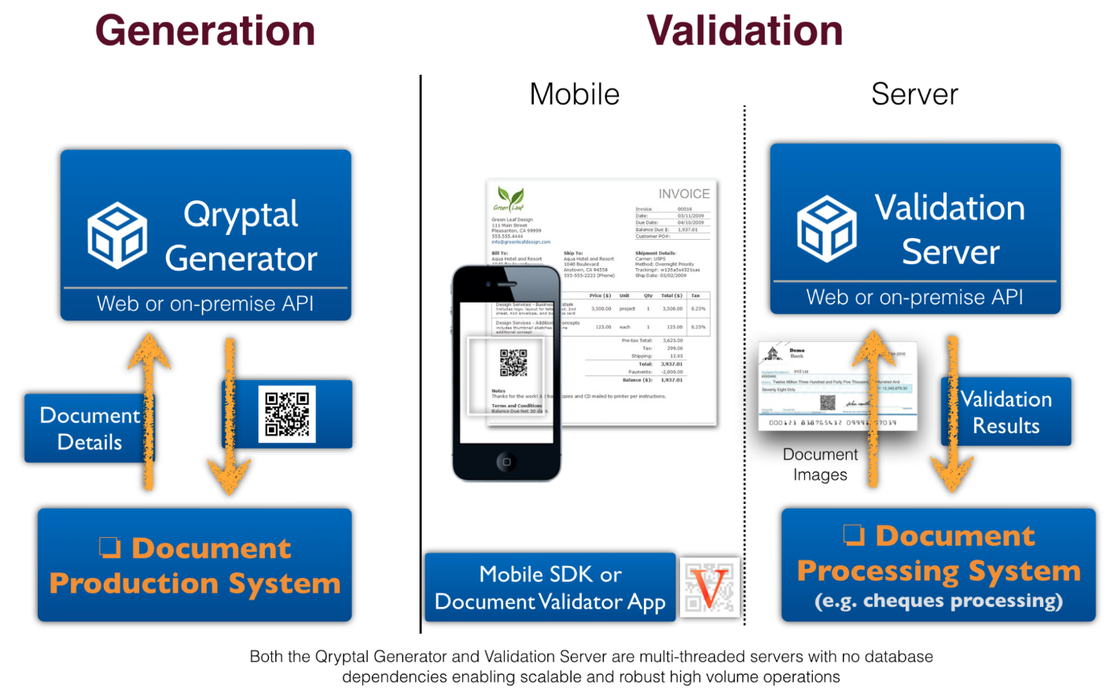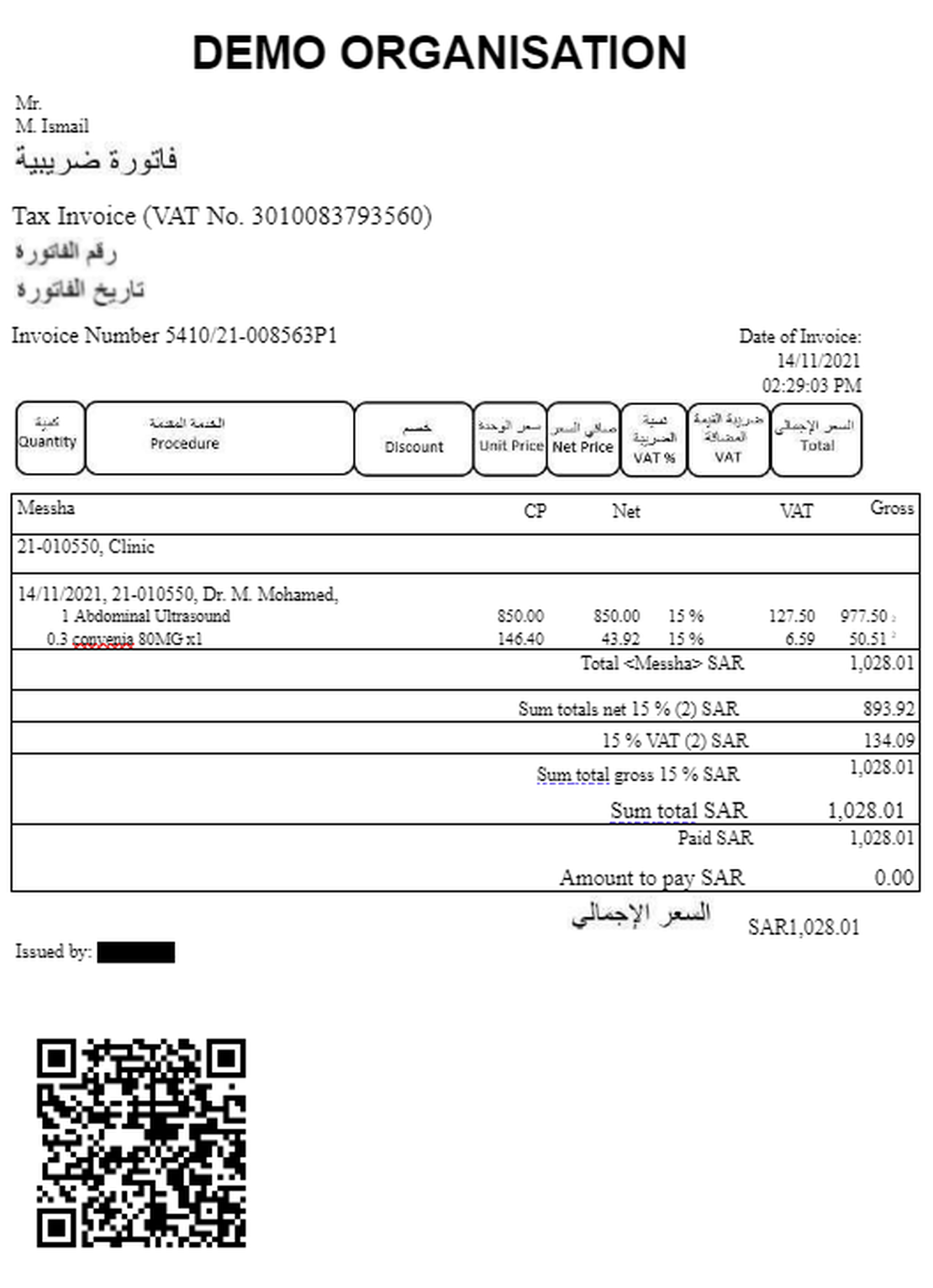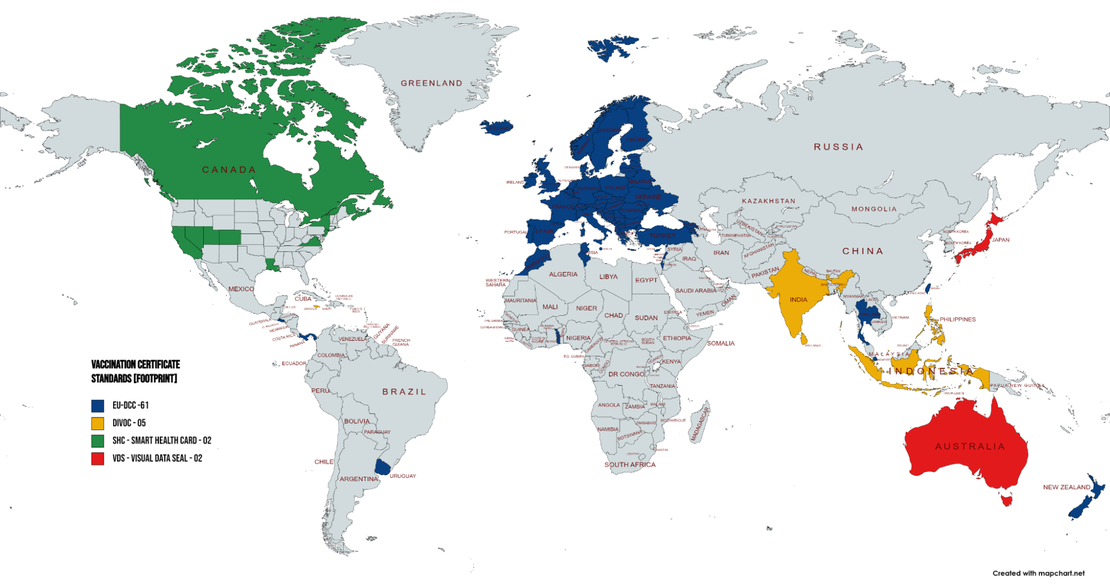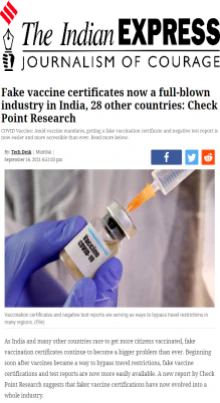Europe opens up for travel and business !
- Rajesh Soundararajan
- Feb 08, 2022
- 4 min read

How secure QR is helping EU-DCC in more ways than one
As of 1 February 2022, the EU put forward new rules that establish a binding acceptance period of 9 months for vaccination certificates used for travel within the EU. These rules apply only to the vaccination certificates used for travel in the EU. Member States may apply different rules when using the EU Digital COVID Certificate in a domestic context but are invited to align with the acceptance period set at the EU level.
What is the EU Digital Covid Certificate?
An EU Digital COVID Certificate is digital proof that a person has either
been vaccinated against COVID-19
received a negative test result or
recovered from COVID-19
Key Features of the Certificate
Digital and paper format
With QR code
Free of charge
In national language and English
Safe and secure
Valid in all EU countries
How can Citizens Get the Certificate?
National authorities are in charge of issuing the certificate. It could, for example, be issued by test centers or health authorities or directly via an eHealth portal.
Vaccination certificates are issued by the Member State where the vaccination has been administered.
Test certificates are issued by the Member State where the test has taken place.
Recovery certificates are issued by the Member State where the recovered person is located.
Information on how to get the certificate should be provided by the national health authorities.
How Does the Certificate Work?

The EU Digital COVID Certificate has a QR code with a digital signature to protect it against falsification.
The QR code is scanned, and the signature is verified when the certificate is checked.
Each issuing body (e.g., a hospital, a test center, a health authority) has its own digital signature key. All of these are stored in a secure database in each country.
The European Commission has built a gateway through which all certificate signatures can be verified across the EU. The personal data of the certificate holder does not pass through the gateway, as this is not necessary to verify the digital signature. The European Commission also helped the Member States to develop national software and apps to issue, store and verify certificates and supported them in the necessary tests to onboard the gateway.
Covid Certificate Paper and Digital Formats
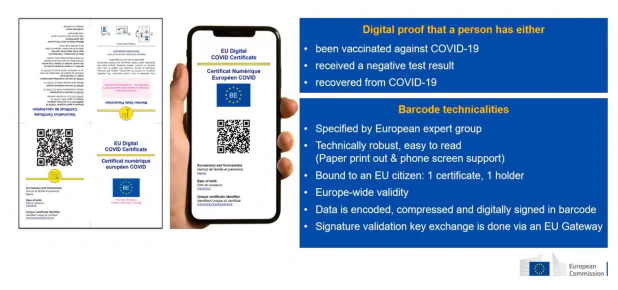
How Does it Help Free Movement?
The EU Digital COVID Certificate is accepted in all EU Member States. It helps ensure that restrictions can be lifted in a coordinated manner.
When travelling, the EU Digital COVID Certificate holder should in principle be exempt from free movement restrictions: Member States should refrain from imposing additional travel restrictions on the holders of an EU Digital COVID Certificate unless they are necessary and proportionate to safeguard public health.
For instance, in such a case as a reaction to new variants of concern, Member States would have to notify the Commission and all other Member States and justify this decision.
In Summary
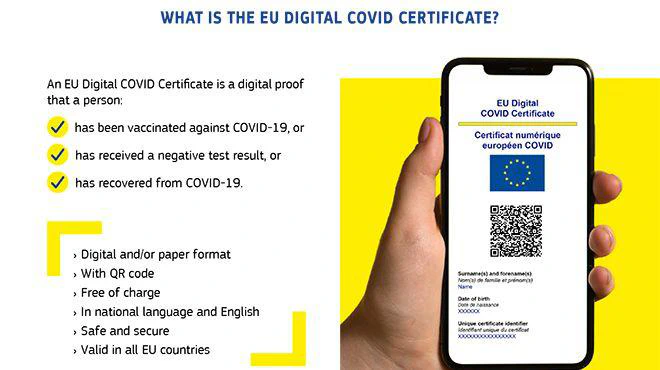
Where Does Qryptal Fit in?
Qryptal software supports the fully compliant generation of EU DCC QR Codes for Vaccination, Recovery, and Test certificates. These solutions are meant for governments and national authorities.
In our opinion, among such projects, the EU Digital Covid Certificates project (earlier called EU Digital Green Certificates) offers the best option for all countries to use as an interoperable covid certificate standard because:
it is an open standard, and specifications are openly published and available to all without any hindrances
the digitally-signed QR code can be validated offline
it is PKI based, and each country has complete control over which public keys to accept
it is well thought out in terms of content which enables each country to decide on their own business rules and policies (e.g., which vaccine is considered effective & after how many days)
it supports not only vaccination certificates but also recovery and Covid-19 test certificates
it generates a compact QR code (unlike many other such initiatives which have not at all taken into account how to make a compact QR code)
Qryptal has been involved in this project from early days:
we have supported the EU DCC community by maintaining the CI/CD pipeline for checking of standards compliance of test certificates issued by governments
we have added EU DCC generation capabilities to the high performance on-premise Qryptal Generator software
we have added EU DCC verification capabilities to the versatile Qryptal Validation SDK, which works across multiple platforms like Linux, Windows, iOS, and Android
You may also like -
- Qryptal - European Union Digital Covid Certificate Solutions
- Blockchain versus QR code– And the winner is…
- How Saudi Arabia plans to bring in transparency with e-invoices
- Vaccination Certificate QR Code Standards War is over..
- A 10x Growth in Fake Certificates!
